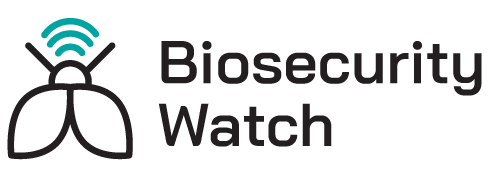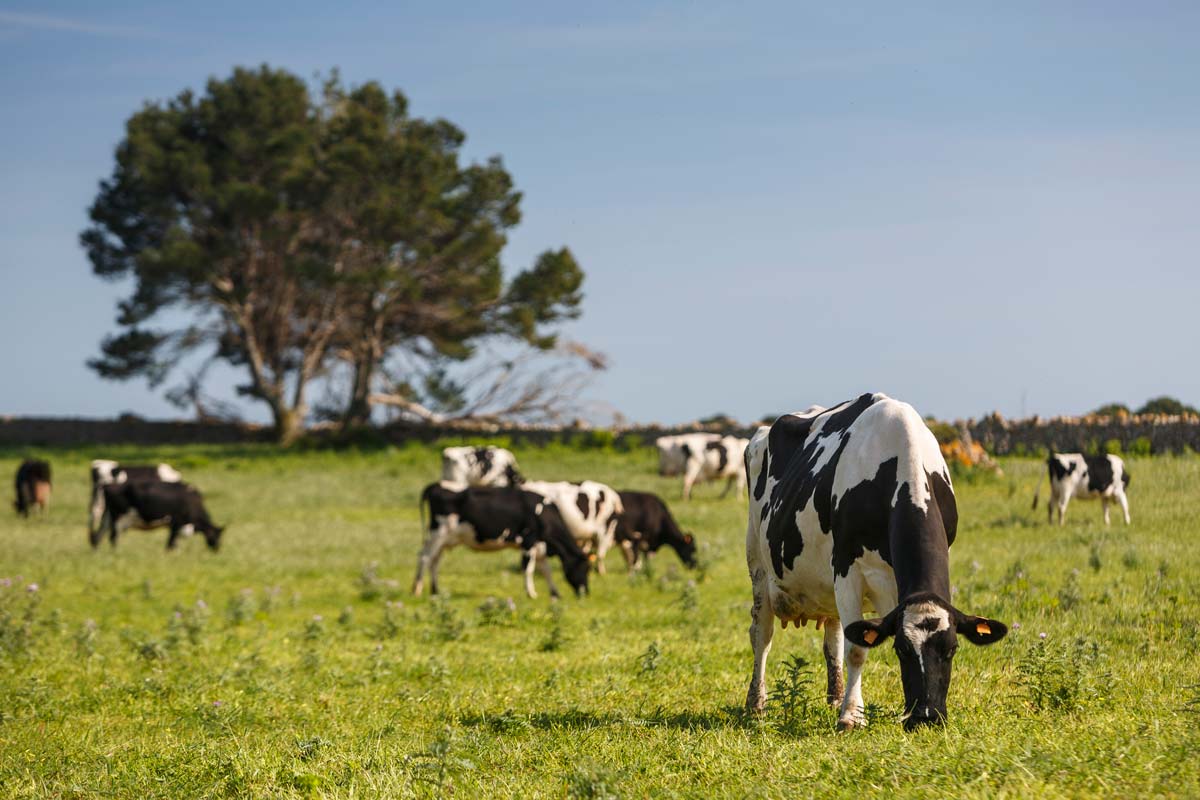Dairy Australia have created biosecurity guidance and preparedness information specifically for Australian dairy cattle veterinarians and service providers, amid the heightened risk of Foot-and-mouth Disease (FMD).
Key points include:
- Veterinarians and service providers should visit Dairy Australia’s Emergency Animal Disease (EAD) Preparedness page for updated tools and resources.
- On-farm visits must strictly follow biosecurity protocols to reduce disease risks. This includes confirming if the farm has a biosecurity plan, completing visitor risk assessments, and adhering to farm-specific biosecurity requirements.
- Visitors are required to wear clean and sanitised rubber boots (or disposable booties if possible), clean clothes that are changed if soiled between farms, and thoroughly wash and sanitise hands.
- Vehicles and equipment must be cleaned before accessing farms, parked in designated areas, and prevented from contacting animal manure or fluids.
- Visitors from countries not free of FMD (like Indonesia and Bali) must wait at least seven days before entering Australian farms.
- Non-essential contact with animals should be avoided. If contact is necessary, clean and laundered protective clothing and disposable gloves must be worn.
- Any unusual signs observed during farm visits should be reported immediately to the Emergency Animal Disease Watch Hotline.
- The document also highlights available resources such as the Emergency Animal Disease Field Guide for Veterinarians, national guidance for engaging private veterinarians during an EAD response, and recommended online training courses.
- Training programs include foundational EAD courses, FMD awareness, and specific veterinary accreditation and FMD training courses.
- Consultative Committee on Emergency Animal Diseases (CCEAD) training is offered annually for veterinary and technical experts advising disease control efforts.


